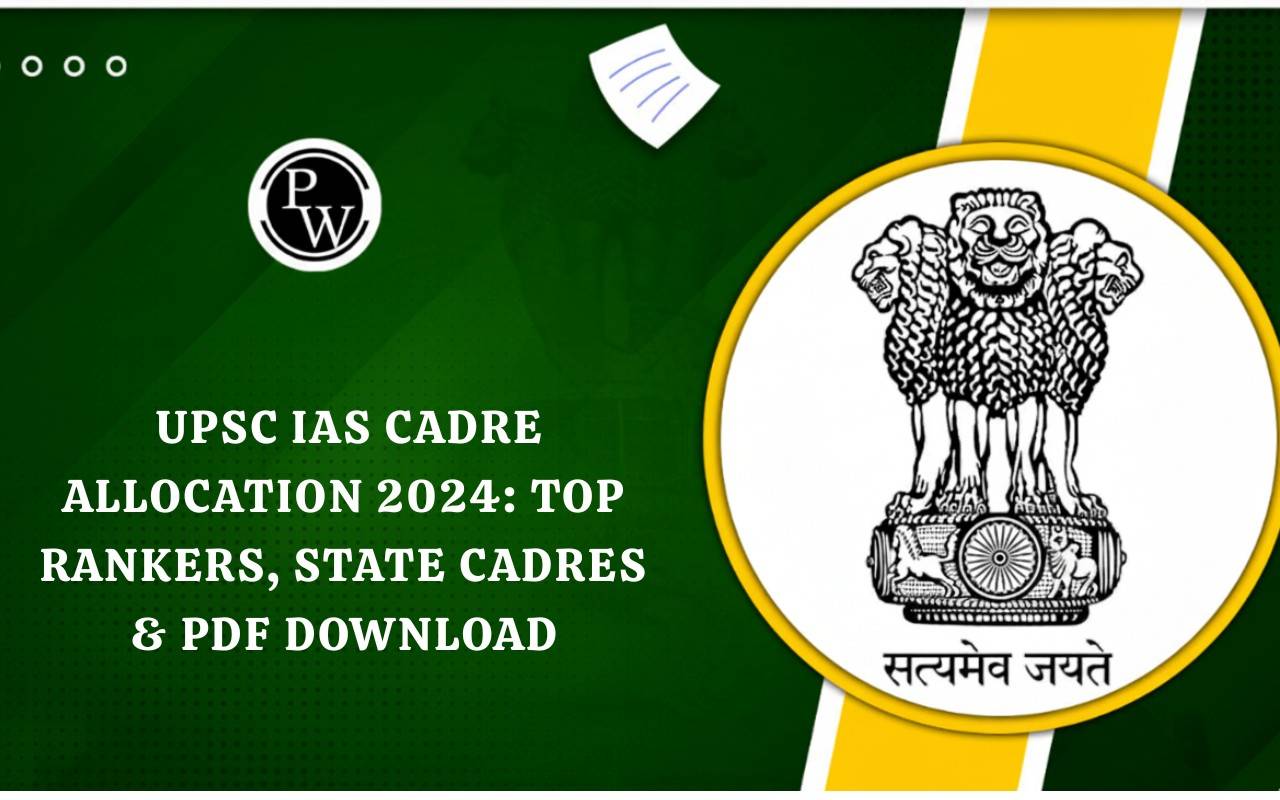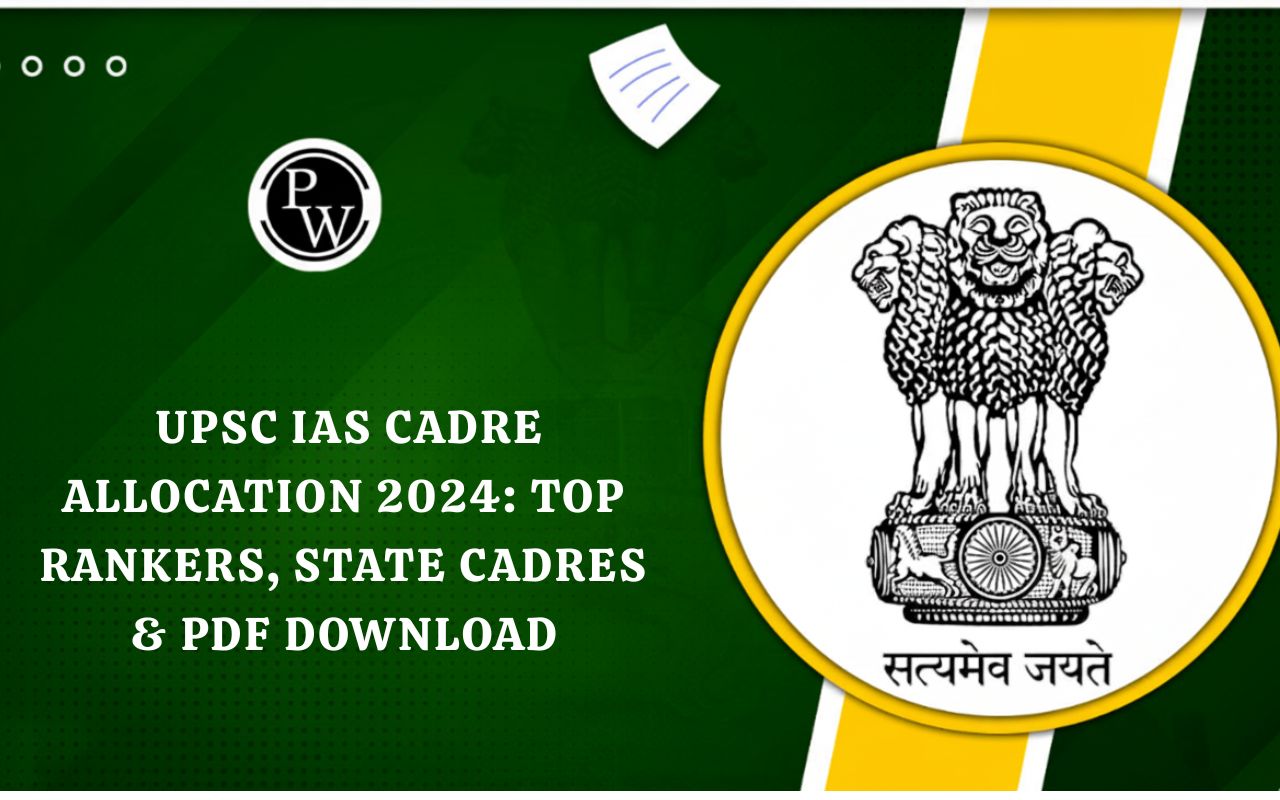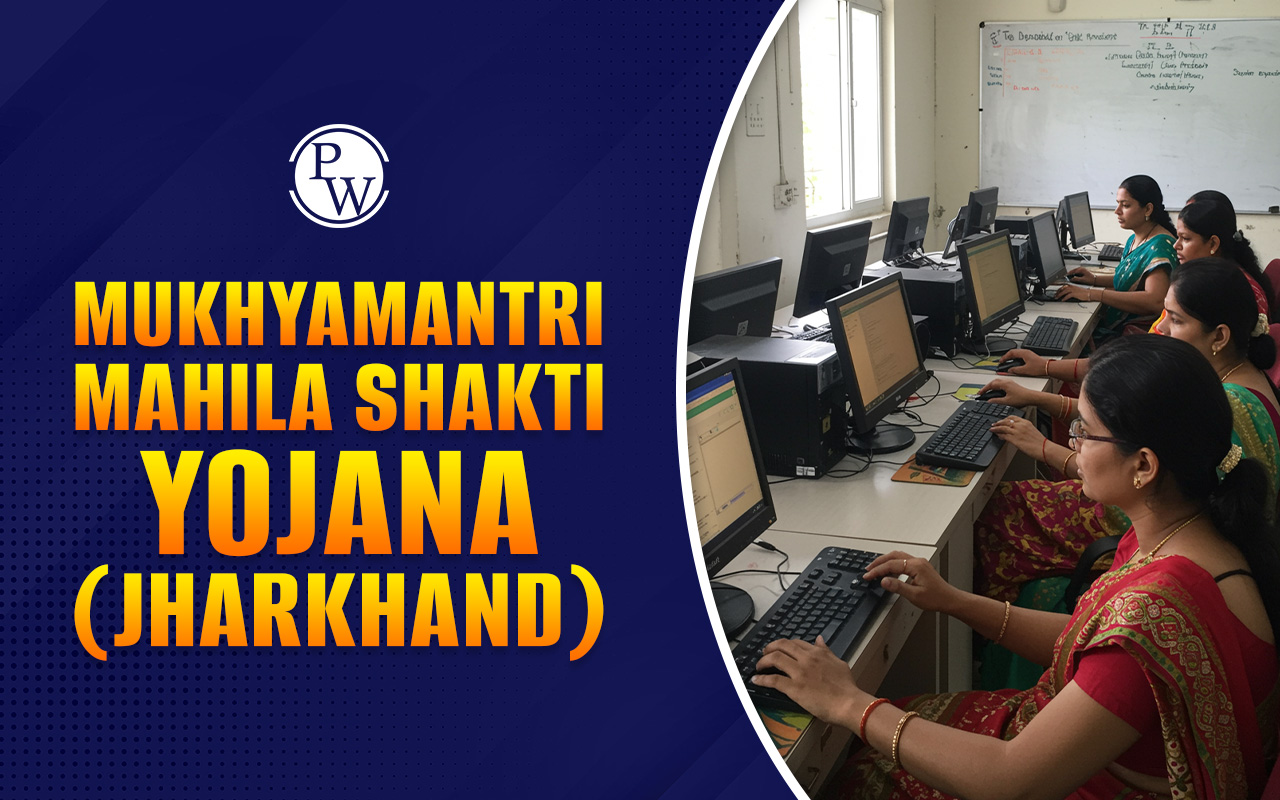
India's Ethanol Blending Programme is a significant initiative aimed at enhancing energy security, reducing environmental pollution, and supporting the agricultural sector. By mixing ethanol with petrol, the country seeks to reduce its reliance on fossil fuels and promote sustainable energy practices.
Ethanol Blending Target 2025-26
The Indian government has set a goal to achieve 20% ethanol blending in petrol by the Ethanol Supply Year (ESY) 2025-26. Originally, this target was set for 2030 but was advanced to 2025-26 to accelerate the benefits of ethanol usage.
To reach this goal, India will require approximately 1,016 crore litres of ethanol for blending. Overall, the total demand is estimated at around 1,350 crore litres. With this, the government aims not only to secure energy needs but also to advance environmental conservation.
What is the Ethanol Blending Programme?
The Ethanol Blending Programme (EBP) also known as the Ethanol Blended Petrol (EBP) program is an initiative to blend ethanol with petrol. It was launched in 2003 with a 5% ethanol blend target and later gained momentum in 2014.
In this program, ethanol produced primarily from sugarcane and other biomass sources is mixed with petrol. This blending process helps decrease the volume of fossil fuel consumed while enriching the fuel with a cleaner alternative. The EBP aims to:
-
Promote the use of renewable energy sources
-
Lower dependency on crude oil imports.
-
Reduce harmful greenhouse gas emissions.
-
Enhance energy security.
-
Increase farmer income through ethanol production.
Under Ethanol Blending Programme India has achieved 15% ethanol blending in 2024. Currently, EBP is being implemented throughout the country except Andaman Nicobar and Lakshadweep.
About Ethanol Blended Petrol
Ethanol Blended Petrol (EBP) is a mixture of petrol and ethanol used as a fuel for vehicles. It replaces a portion of petrol, leading to a reduction in greenhouse gas emissions. Research indicates that blending ethanol into petrol can significantly reduce carbon footprints compared to using pure fossil fuels.
|
Why Ethanol? Ethanol is a versatile biofuel because it can be made from a variety of raw materials. In India, sugarcane is the most common feedstock, thanks to its abundance. But other materials, like maize, wheat, and rice husk, are also used. As a renewable fuel, ethanol plays a key role in a circular economy by turning agricultural waste into valuable resources. |
What is E20 Petrol?
E20 petrol contains 20% ethanol blended with 80% petrol. The Indian government is rolling out E20 petrol in a phased manner, targeting full-scale adoption by 2025-26. E20 offers several advantages, making it a desirable option for both consumers and the environment:
-
Reduced Vehicular Emissions: E20 petrol burns cleaner, contributing to better air quality and lower pollution levels.
-
Enhanced Energy Security: Diversifies fuel sources, reducing dependence on crude oil.
-
Boost to Agricultural Incomes: Sourcing ethanol from local crops supports rural economies, providing farmers with a stable market for their produce.
Achievements of the Ethanol Blending Programme
India has made remarkable progress in ethanol blending over the past decade (2014-2024). The key achievements include:
-
Increase in blending: Ethanol blending in petrol has increased from 1.53% in 2014 to 15% in 2024.
Credit: PIB
-
Ethanol Production Growth: Ethanol production capacity more than doubled in the last four years, reaching 1,623 crore litres by September 2024.
-
Target Acceleration: The initial target of 20% ethanol blending by 2030 was moved up to 2025 by the government in 2020.
-
Reduced Emissions: Ethanol blending led to a decrease in CO2 emissions, amounting to 544 lakh metric tons.
-
Economic Impact: The program has resulted in foreign exchange savings of ₹1,06,072 crore and has substituted 181 lakh metric tons of crude oil.
National Policy on Biofuels
The National Policy on Biofuels, initially established in 2009 and revised in 2018 by the Ministry of Petroleum and Natural Gas, aims to promote the use of biofuels in India. This policy aims to promote biofuels, including ethanol, to ensure a sustainable energy future for India. It has expanded the scope of raw materials for ethanol production.
In summary, India’s Ethanol Blending Programme signifies a major transition towards sustainable energy solutions. With ambitious targets set for 2025-26, this initiative holds the promise of reducing fossil fuel reliance and promoting sustainable practices.
Explore more such initiatives that are part of the UPSC syllabus by diving into the comprehensive courses offered by Physics Wallah!
Ethanol Blending Programme FAQs
What is the Ethanol Blended Petrol Programme?
What is Ethanol Blended Petrol?
What are the targets for Ethanol blending by 2025-26?
How does ethanol blending help the environment?
Which ministry is responsible for the Ethanol Blending Programme?










